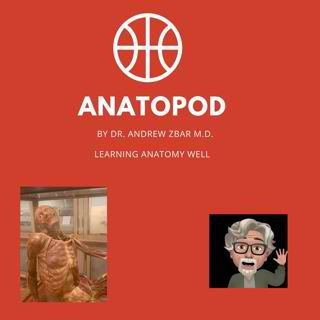Om episode
In this podcast I discuss the milieu into which the Belgian anatomist Andreas Vesalius (1514-64) arrived. Paris lagged well behind Padua in dissection skills and Vesalius introduced the radical idea that he should dissect the body himself simultaneously as he was teaching, rather than just reading to the students aloud from the ancient textbooks. There were so many findings that were discordant with Galen that Vesalius was prompted to write a new anatomy text in 1543 [the] Fabrica Humani Corporis (The Fabric of the Human Body). Perhaps it was not surprising that the book was published in the same year as Nicolaus Copernicus (1473-1543) published his heliocentric theory of the earth orbiting the sun in his De Revolutionibus orbium Coelestium. In the Fabrica, Vesalius included some remarkable images of his dissections drawn by the professional artist Jan Stephan van Calkar (1499-1546) a student of the Venetian Master Titian. The effect was so revolutionary that we might consider all dissections as effectively Pre- or Post-Vesalian.

